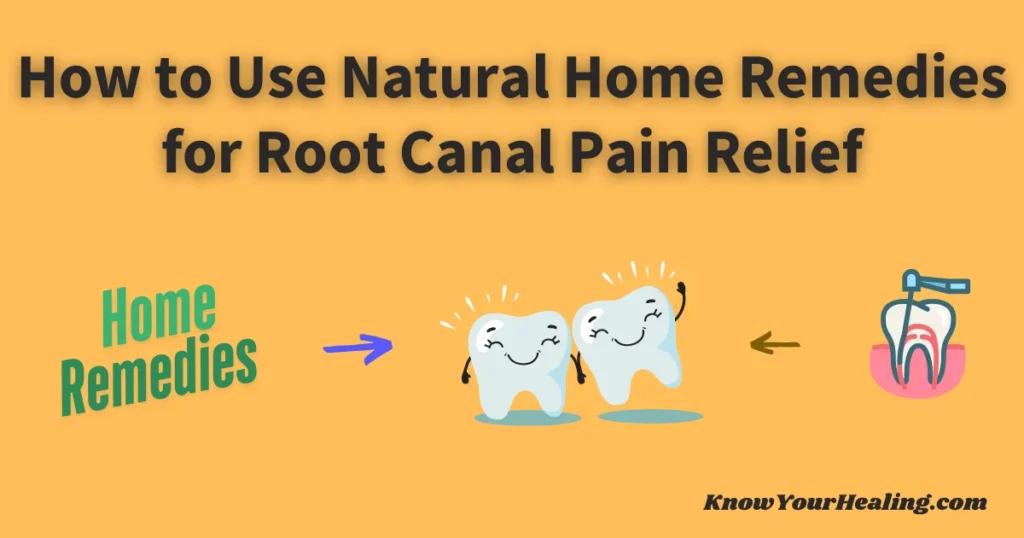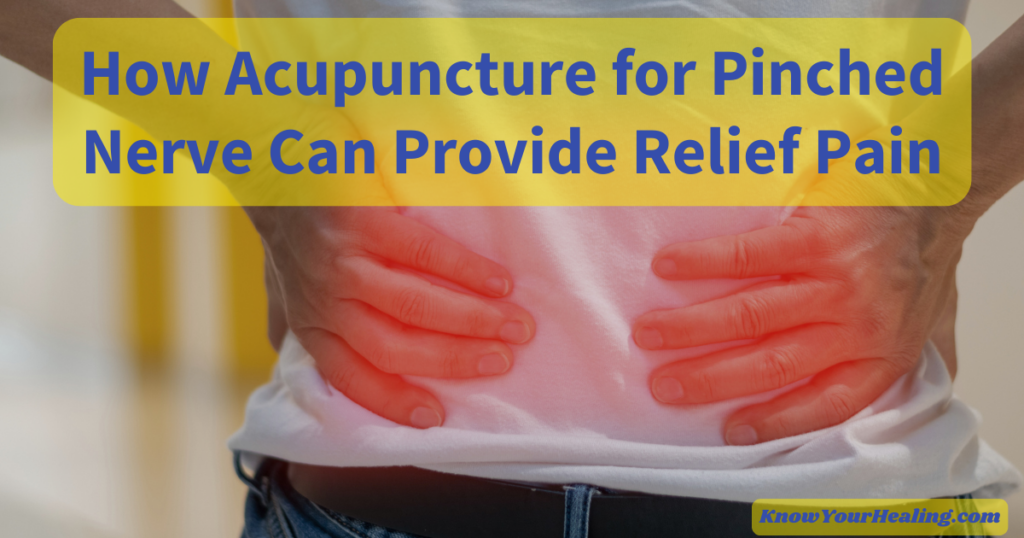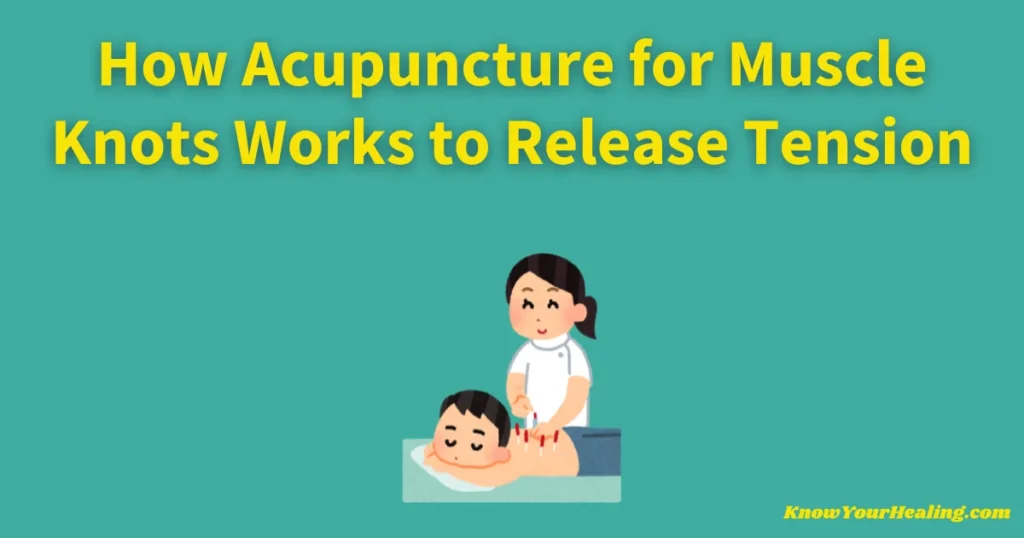Home remedies for tennis elbow provide a natural approach to relieving the persistent discomfort this condition can cause.
Whether dealing with stiffness or sharp pain, individuals often seek practical solutions that don’t require a visit to the doctor’s office.
Applying ice packs to the elbow and forearm for 15-20 minutes can significantly reduce swelling and pain.
Stretching is another key component in managing tennis elbow at home.
Gentle exercises, such as the mobilize stretch, in which individuals sit and lean into a stretch with their fingers pointed backward, can promote flexibility.
These activities not only relieve existing pain but also help prevent future flare-ups.
Understanding how to manage symptoms with simple strategies is invaluable for anyone suffering from this condition.
Adjusting arm movements and taking breaks from repetitive tasks are essential for easing discomfort.
There are numerous ways individuals can regain comfort without drastic measures.
Understanding Tennis Elbow: Causes and Symptoms
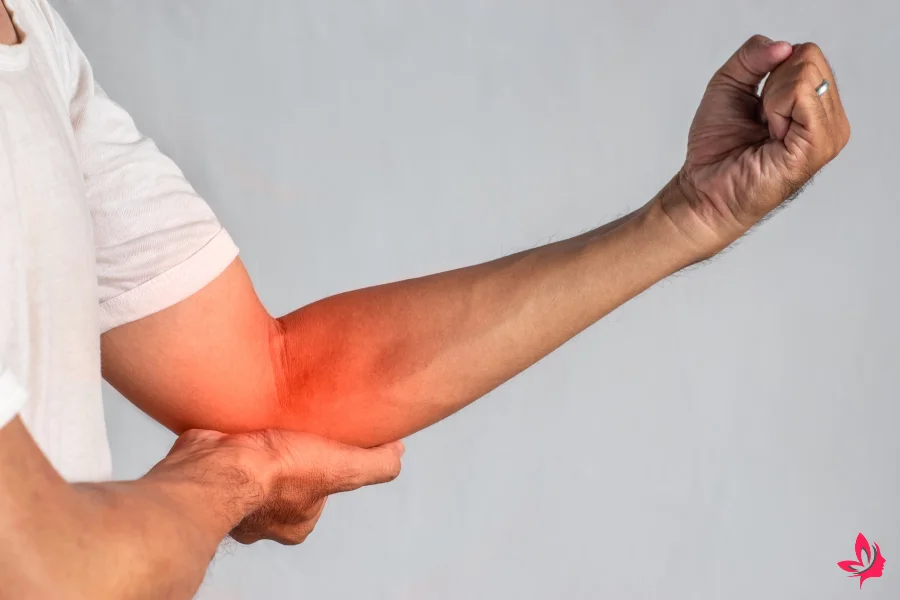
Tennis elbow, also known as lateral epicondylitis, is a common condition affecting the outer part of the elbow. It results from repetitive motions, often involving the wrist extensors.
What Causes Lateral Epicondylitis?
Lateral epicondylitis occurs due to overuse of the forearm muscles and tendons. These repetitive movements lead to tiny tears in the tendon connecting the forearm muscles to the bony bump outside the elbow.
Activities like racquet sports and specific job tasks involving repetitive motion are common contributors. Tennis players and individuals engaged in activities such as typing or painting are frequently affected.
The outer elbow bears the stress, resulting in pain and tenderness.
Risk factors include age, with people between 30 and 50 most commonly affected. Engaging in activities that require repetitive movements without breaks or misusing equipment can increase the likelihood of developing this condition.
Consulting a healthcare provider for proper diagnosis and a tailored treatment plan.
Recognizing the Symptoms of Tennis Elbow
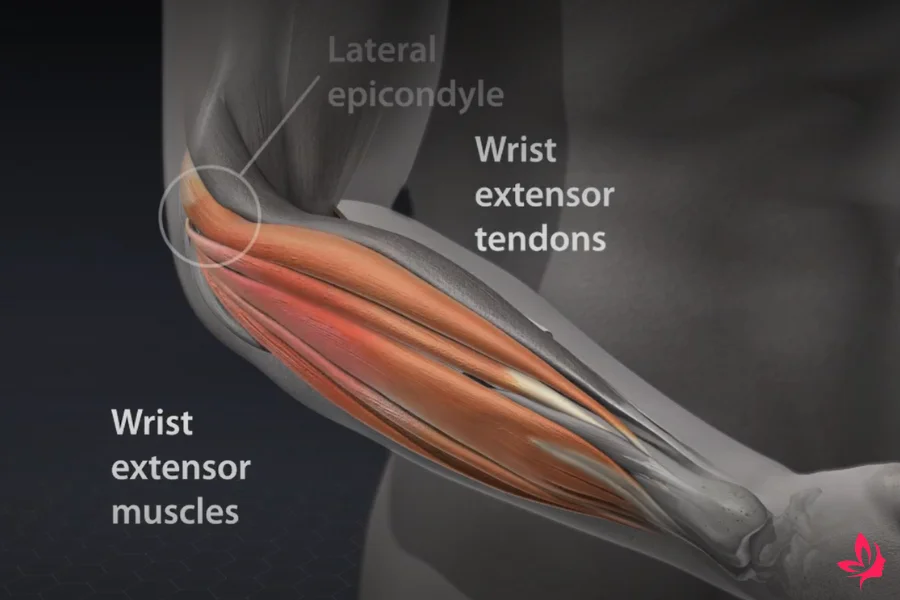
The main symptom of tennis elbow is pain on the outside of the elbow, which often extends to the forearm and wrist.
It may worsen with repetitive actions, like gripping an object. Tennis elbow pain can make it challenging to perform tasks involving the wrist and hand.
Some may notice weakness in the hand grip strength, making it difficult to hold objects or shake hands.
Swelling and tenderness around the elbow joint are also possible.
If someone experiences persistent tennis elbow pain, especially when it affects their ability to perform daily tasks, seeking medical advice is the best course of action.
Early detection and intervention can help recover tennis elbow, improving healing and reducing pain.
Effective Home Remedies for Tennis Elbow Relief
Effective treatment of tennis elbow often begins with at-home remedies that relieve pain and decrease inflammation. Applying cold and heat therapy alongside specific exercises can significantly promote healing and improve function in the affected arm.
Applying Cold and Heat Therapy
Cold and heat therapy are common approaches to relieving pain in the outside of the elbow, also known as lateral epicondylitis.
Cold therapy, such as an ice pack, can be applied to the affected area for 15-20 minutes several times daily. This helps in reducing inflammation of the tendons.
Using a cold pack regularly can minimize swelling and provide soothing relief.
Heat therapy can be added after the initial pain has decreased.
Heat relaxes the forearm muscles and improves blood flow to the elbow joint.
A warm compress or a heating pad can be applied for 20 minutes at a time.
This enhances the healing process as the increased blood flow helps the recovery of tennis elbow. Alternating between cold and heat therapy is often recommended for those experiencing this painful condition.
Gentle Exercises and Stretches
Gentle exercises are essential for strengthening the wrist and forearm muscles and help reduce the symptoms of tennis elbow.
Specific exercises such as wrist extensions and towel twists benefit this common condition.
Towel twists are manageable at home and involve twisting a rolled-up towel in opposite directions with both hands, which targets the tiny tears in the affected tendon.
Another effective exercise is wrist flexion and extension.
These exercises involve lifting a small weight or resistance band with the palm facing upwards and downwards to build strength.
It’s crucial to start with light resistance and gradually increase as strength improves.
These exercises help reduce pain levels and restore hand grip strength, which is crucial for those whose daily activities involve repetitive motions.
Under a physical therapist’s guidance, regularly engaging in these exercises can significantly help manage pain and continue with daily tasks.
Professional Help and Medical Treatments
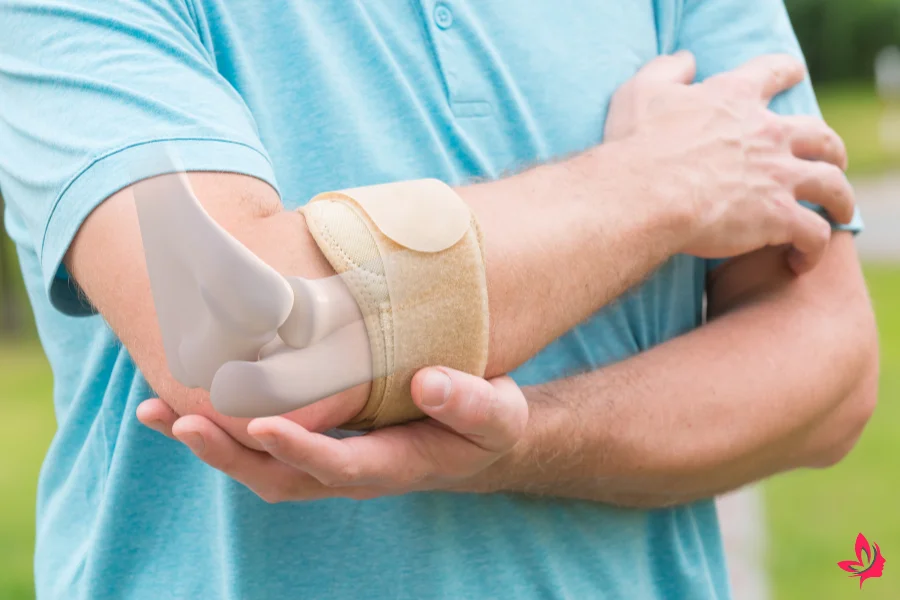
When home remedies for tennis elbow are insufficient, seeking professional help becomes crucial. Consulting a physical therapist and exploring medical treatments are key steps toward relief from this painful condition.
Consulting a Physical Therapist
Physical therapy can be a beneficial approach to address tennis elbow symptoms.
A physical therapist will assess the affected area, focusing on the outer part of the elbow and forearm muscles.
They may recommend specific exercises, such as wrist turns and towel twists, to strengthen the forearm muscles and improve blood flow to the injured tendon.
The therapist might also suggest using tools like an elbow strap or a tennis elbow brace.
These devices can support the elbow joint and reduce pain during daily activities.
Physical therapists can alleviate pain and prevent further damage from repetitive motions by instructing patients on proper techniques and movements.
This type of care is vital to aid the healing process and manage ongoing pain levels.
Medical Interventions for Severe Cases
Medical interventions can provide effective relief for severe tennis elbow cases where symptoms persist.
Steroid injections are a standard treatment option that healthcare providers use to reduce the inflammation of the tendons around the elbow joint.
Platelet-rich plasma therapy is another potential approach, where growth factors are injected to help regenerate the injured tissue.
Surgical procedures like ultrasonic tenotomy may be considered when nonsurgical treatments are ineffective.
This procedure uses ultrasonic energy to remove damaged tissue, promoting recovery.
Consulting with a healthcare provider can help determine the most suitable treatment plan based on the patient’s medical history and the severity of their tennis elbow symptoms.
Lifestyle Changes and Self-Care Measures

Addressing tennis elbow often involves modifying daily habits and utilizing supportive tools. This approach helps reduce strain on the elbow and promotes healing through careful management.
Modifying Daily Activities
Reducing repetitive motions is crucial in managing tennis elbow symptoms.
Individuals experiencing this common condition should minimize actions involving repeated use of forearm muscles, especially those related to racquet sports and other similar physical activities.
Repetitive movements, like typing or lifting objects using the wrong technique, can aggravate the affected area.
Focusing on posture and technique is vital.
Adjusting hand and wrist positions, especially during daily activities, can alleviate strain on the outer elbow.
Those experiencing pain in the tennis elbow might also benefit from using the opposite hand when possible.
Consulting a physical therapist can offer personalized guidance on technique modification to reduce stress on the lateral epicondyle.
They might recommend gentle exercises or stress ball routines to strengthen the forearm muscles and improve flexibility.
Supportive Devices and Equipment
Utilizing supportive devices can significantly alleviate tennis elbow pain.
An elbow strap or brace can provide stability by applying pressure to the forearm muscles, thus reducing tension on the injured tendon as it attaches to the bony bump at the elbow joint.
This pressure may help lower the risk of further tiny tissue tears.
For additional relief, a healthcare provider might suggest tools like a counterforce brace, which distributes pressure away from the elbow.
Using ergonomic equipment for activities such as typing can also help minimize stress on the wrist extensors and flexors.
Incorporating an ice pack can help manage any inflammation of the tendons by soothing the outer elbow after activity.
Natural Remedies and Alternative Treatments

Natural remedies offer relief from tennis elbow pain by reducing inflammation and promoting healing. Anti-inflammatory benefits can be gained from essential oils, while lifestyle changes, such as avoiding repetitive motions, can support recovery.
Essential Oils and Anti-inflammatory Properties
Essential oils are often used as home remedies for tennis elbow. They have anti-inflammatory properties that can help reduce pain and swelling.
Oils like peppermint, lemongrass, and lavender are popular choices.
These oils can be applied gently to the affected area, aiding healing.
When using essential oils, it is crucial to conduct a patch test to ensure no allergic reactions occur.
They should be diluted with carrier oil before being applied to the outside of your elbow.
Essential oils can be incorporated into a treatment plan for those dealing with symptoms of tennis elbow.
They may enhance blood flow and promote a quicker recovery of tennis elbow by reducing inflammation in the tendons.
Promoting Healing with Lifestyle Changes
Lifestyle changes are crucial in managing and alleviating the symptoms of tennis elbow.
Avoiding repetitive motions, such as those often performed by tennis players or in specific job tasks, can prevent further strain on the injured area.
Engaging in physical therapy with a trained physical therapist can also be beneficial.
Specific exercises focusing on forearm muscles and wrist turns can improve the condition of the extensor muscles.
Towel twists and using a stress ball can strengthen the grip and alleviate the pain in the tennis elbow.
Incorporating ice packs can reduce pain levels and inflammation of the tendons.
Resting the elbow joint and using a tennis elbow brace or elbow straps can be effective non-surgical treatments.
Frequently Asked Questions
Tennis elbow can be relieved with a combination of effective exercises, massages, and specific ointments. Choosing the right treatment and avoiding actions that worsen the condition is essential for recovery.
What is the fastest way to cure tennis elbow?
Resting the affected arm, applying ice, and using anti-inflammatory medications can quickly reduce pain.
Wearing a brace may also help prevent further strain. To avoid reinjury, it’s important not to rush recovery.
Can you massage out tennis elbow?
Yes, gentle massage can help relieve tension in the forearm muscles and improve blood flow.
It’s important to massage softly to avoid worsening the condition. Proper technique might be best obtained by consulting a professional.
How can I rehab my tennis elbow at home?
Rehabilitation can include exercises like wrist extensions, towel twists, and fist clenches.
Stretching and strengthening the muscles around the elbow is crucial for recovery.
Look to exercises such as those provided by OrthoBethesda for guidance.
What ointment is good for tennis elbow?
Topical anti-inflammatory ointments can provide relief.
Ointments containing menthol or capsaicin may also help reduce pain.
Essential oils like peppermint and lavender are alternative options, as NJ Spine & Orthopedic noted.
How do you fix your tennis elbow overnight?
It’s unlikely to fix the tennis elbow overnight completely.
However, applying ice, resting, and using a brace can provide temporary relief.
Avoid any activities that might aggravate the pain.
What is mistaken for tennis elbow?
Conditions such as radial tunnel syndrome or arthritis can be mistaken for tennis elbow due to similar symptoms.
Make sure to get a proper diagnosis from a healthcare provider.
What not to do with tennis elbow?
Avoid activities that strain the forearm, such as heavy lifting or repetitive motion.
Also, do not ignore persistent pain, as this could lead to further damage.
Is squeezing a ball good for tennis elbow?
Squeezing a ball can strengthen the forearm muscles but may worsen symptoms incorrectly.
It’s best to start with soft resistance and consult a professional for guidance.
What makes tennis elbow go away?
Consistent rest, appropriate exercises, and avoiding aggravating activities can help tennis elbow heal over time.
Patience and following a structured treatment plan are key.
What is the single best exercise for tennis elbow?
Wrist extensions are often recommended for strengthening the muscles involved. They help improve flexibility and support recovery.
Perform the exercise in the proper form to avoid injury.


